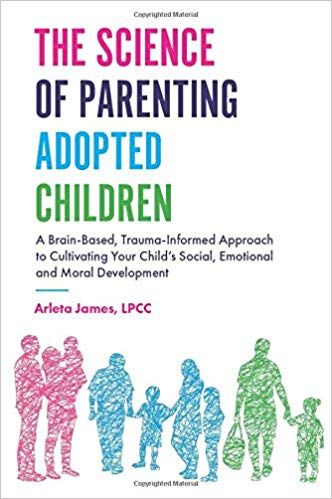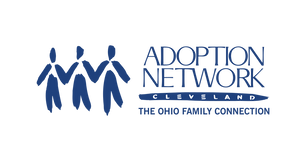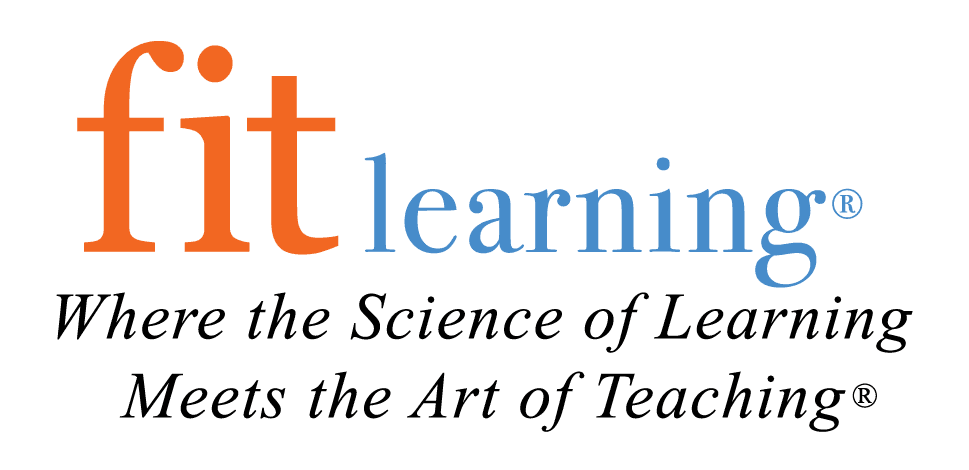
Arleta James is a well-respected therapist in Ohio as well as in national adoption/foster care circles. Her newest book, The Science of Parenting Adopted Children (Jessica Kingsley Publishers, $19.95), is a helpful, well-crafted work that provides insight into the biology of the brain impacted by trauma. The book also offers practical advice for parents and professionals who are loving and supporting those children. The chapter summaries and end-notes are helpful resources. James includes numerous vignettes that will speak to parents and caregivers.
A paragraph on page ten sums everything up, “I have conveyed the need to seek help – quickly –even if that means making a drive or catching a flight. If a child had cancer, juvenile diabetes or cystic fibrosis you wouldn’t ‘wait to see if they grow out of it’…you wouldn’t say, ‘love will be enough’…trauma, left to fester, robs children of living a life in which they can experience the simple day-to-day pleasures that some with interacting with others…” Adoptive and foster parents do not have the luxury of just waiting. As much as we would like this to be true, love simply is not enough. She further makes the assertion, “trauma is an invisible disability.”
James walks the reader through the biology of trauma. She clearly states that “trauma interrupts a child’s development…the adoptee with an early history of trauma is younger than anticipated.” James identifies the spectrum of trauma from neglect to physical, emotional and even sexual abuse. She discusses how substance abuse impacts children in many ways, from those physically exposed before birth to those who experience abuse and neglect due to the substance abuses of their caretakers.
Chapter Three delves into the biology of the brain, particularly the brain impacted by trauma. This overview is a great place to start in order to get a foundation to better assist the child. Chapter Five outlines the model of healthy attachment and describes the insecure attachment styles that the adoptive or foster child may be experiencing.
James moves on in Chapter Six to begin to provide suggestions for assisting the child She reminds the reader, again and again, that the child will most likely not be functioning at their chronological age. James also discusses ways to use natural and logical consequences (promoting Jim Fay’s Love and Logic work).
The book goes on to provide a variety of suggestions for a variety of scenarios including, life with icebergs, avoiding wreckage, making the implicit/explicit, the traumatized child goes to school and thinking inside and getting inside the box. James sums up much of her work by discussing how “traumatized children have a hard time using coping and problem-solving skills…they tend to make toast in the refrigerator.” This analogy makes children smile, but also helps them think about how they can use the coping skills being taught.
Arleta James has created a comprehensive manual for adoptive parents, foster parents, caregivers and teachers. The fifteen pages of resources alone are a treasure of information. Love many not always be enough but adding the tips from this book can be a start to assist these children grow and thrive.
Guest blogger Lori McCarthy is an adoptee, adoptive mom of six and a social worker.
















